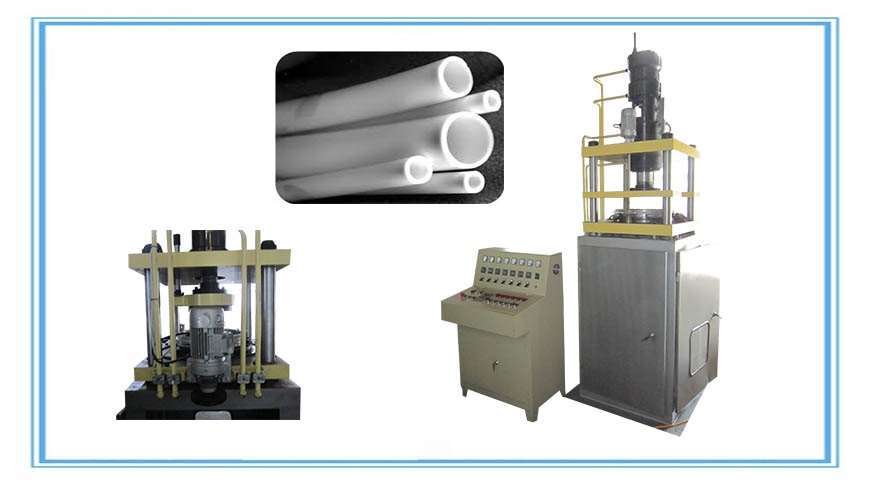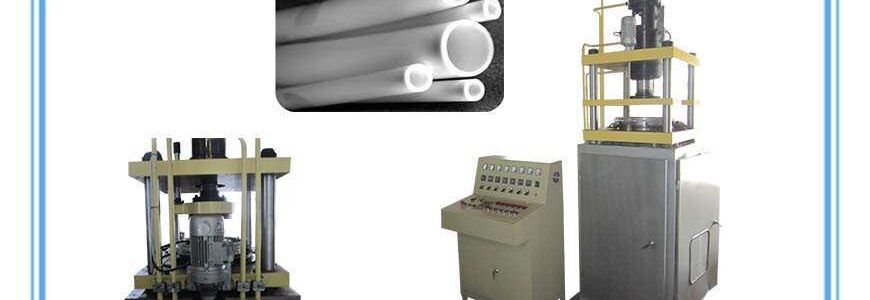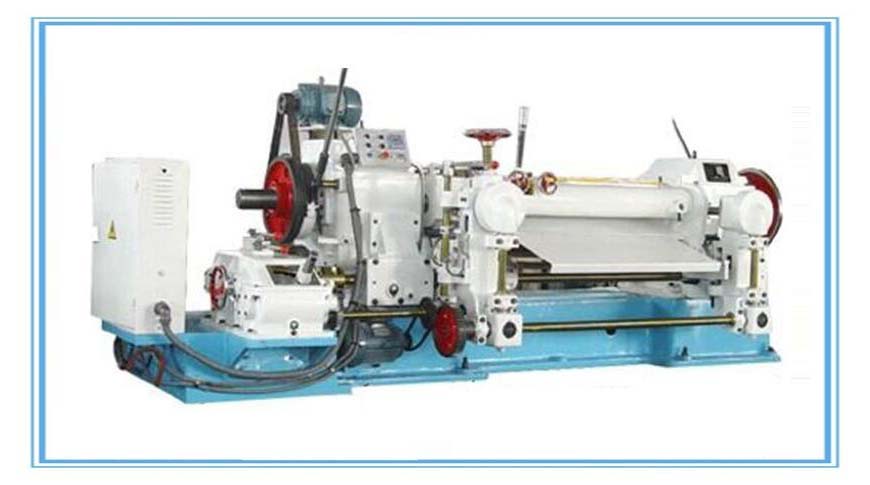A machinist is a person who machines using hand tools and machine tools to prototype, fabricate or make modifications to a part that is made of metal, plastics, or wood.
Related occupational titles
A traditional machinist is one who can: operate a machine tool, disassemble and repair the machine tool by building new parts such as gears, splines, and shafts from scratch using various machine tools such as mills, lathes, grinders, planers, etc. Then reassemble the machine tool and operate it.
Under the machinist title are other specialty titles that refer to specific skills that may be more highly developed to meet the needs of a particular job position, such as fitter (assembles parts), turning hand, mill hand, and grinder. Some titles reflect further development of machinist skills such as tool and die maker, patternmaker, mold maker, programmer, and operator[disambiguation needed]. Depending on the company, a machinist can be any or all of the titles listed above. A machinist is one who is called on to fix a problem with a part or to create a new one using metal working, plastic, or in some cases, wood.
Role in manufacturing
A machinist is usually called upon when a part needs to be produced from a material by cutting. Such a part may be unique or may be needed in the thousands. This could include a machinery part for a production line or anything that can be made from metal or plastic. Producing a part will often require several steps and more than one machine tool. Each machine tool plays a specific role in cutting away excess material. When large numbers of parts are needed, production planning is required to plan the most logical workflow through a series of machines. Computer numerical controlled (CNC) machines are a special computer-driven tool that can machine a large variety of shapes, and whose use in the workflow depends on the part to be machined.
CNC machines are becoming the standard due to their speed, precision, flexibility, and reduced downtime while changing jobs. Production runs consisting of large numbers of parts are more cost effective and commonly referred to as production work in the trade. Conversely, small production runs are sometimes referred to as prototype or jobbing work.
Production engineers use blueprints and engineering drawings to produce detailed specifications of the part, especially its geometry (shape), then decide on a strategy to make it. Machine tools are then configured by the machinist or toolset and production commences. The machinist works with the quality department to ensure the specifications are maintained in the finished product.
Large commercial organizations often staff machinists on site in a maintenance mode to ensure continuing operations of the production machinery. The labor cost for this role is significantly lower than costs involved with production shutdowns.




I think this is among the most important info for me. And i’m glad reading your article. But want to remark on few general things, The website style is perfect, the articles is really excellent : D. Good job, cheers